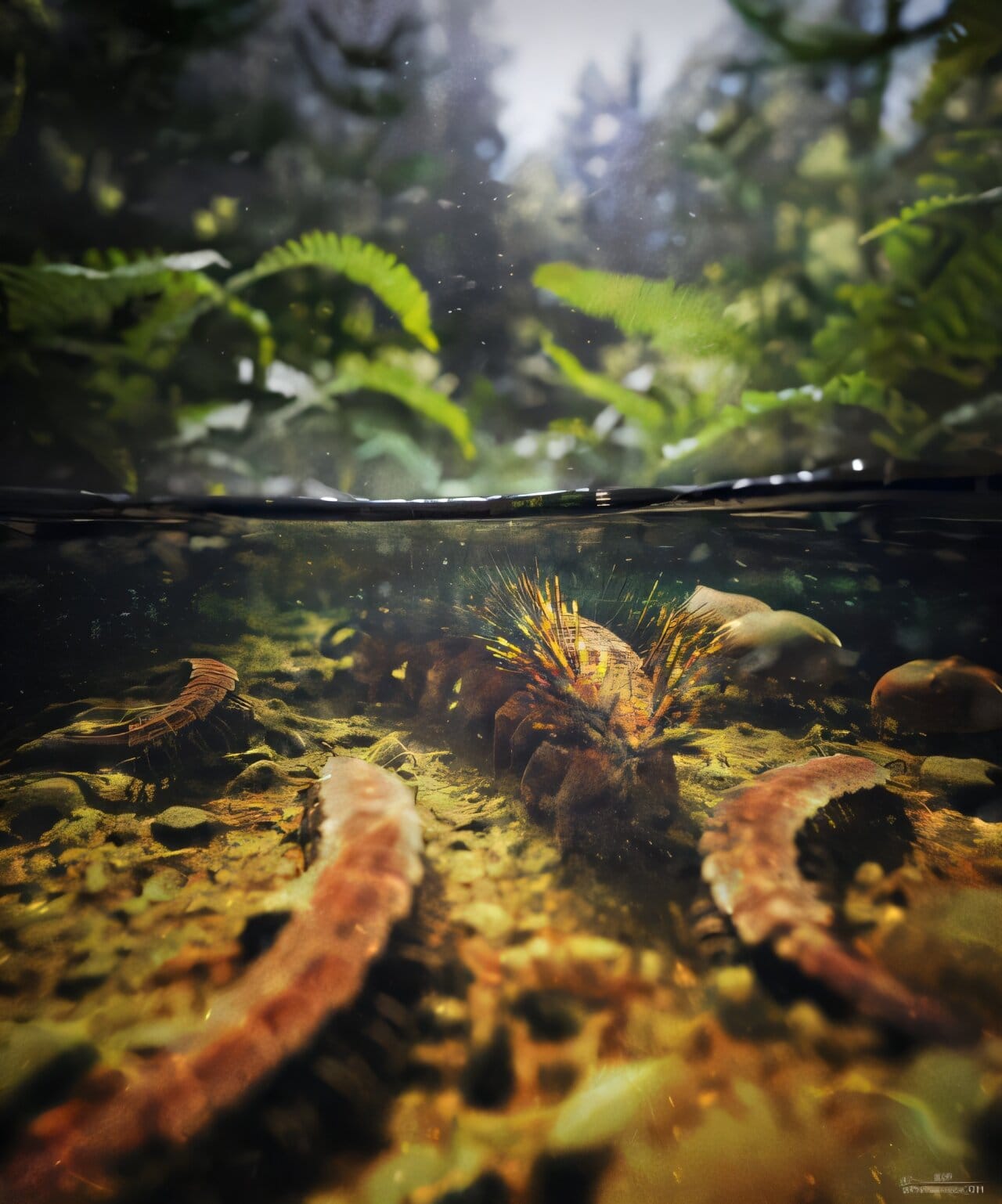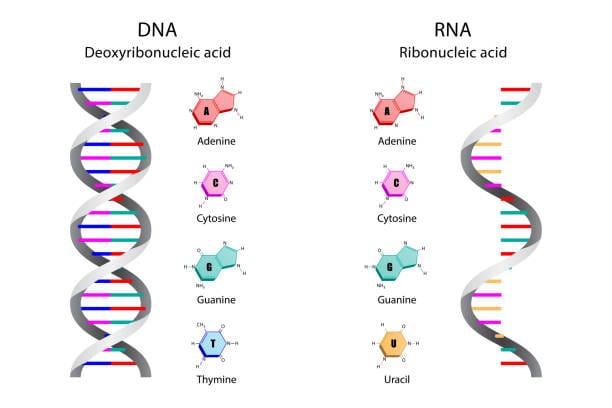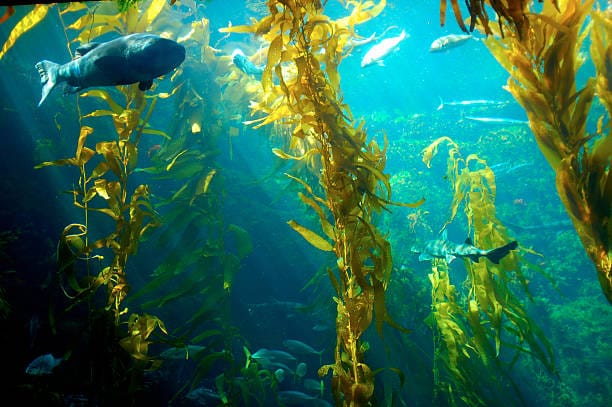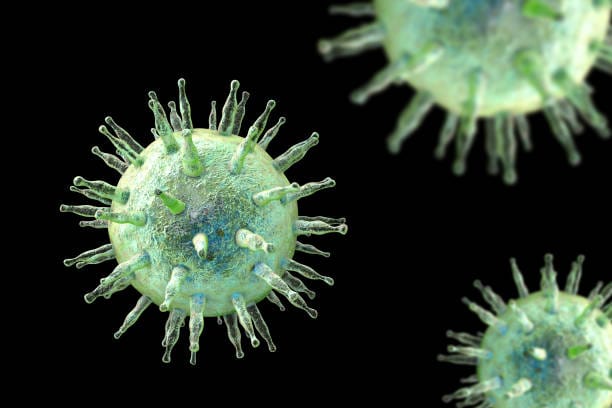In the hushed halls of Harvard’s Museum of Comparative Zoology (MCZ), amid cabinets filled with bones, stones, and the long-dead echoes of Earth’s prehistoric past, sat a fossil unlike any other. It had no glittering claws, no terrifying teeth, and at just four centimeters long, it was easy to overlook—a modest brown imprint on stone, wrongly labeled for over a century. Its name was Palaeocampa anthrax, and for more than 130 years, it quietly wore a series of false identities: caterpillar, worm, millipede, marine worm.
Then one day, it was seen for what it truly was.
In a revelation that rippled through the paleontological community like a long-held secret finally shouted aloud, scientists announced that Palaeocampa anthrax is not just a quirky fossil—it is the earliest-known lobopodian ever discovered and, more astonishingly, the first ever found outside the ocean. It was a misfit that never belonged where it had been placed, a puzzle piece that had always sat upside down.
The implications are enormous. This tiny, bristled creature has opened a new chapter in the story of early animal evolution.
A Creature That Defied Categorization
The strange fossil had first been described in 1865, during the fervent early days of paleontology, when every stone might hold a secret and every fossil was a potential monster from the dawn of time. But Palaeocampa anthrax was different. Its soft-bodied form and fuzzy silhouette confused scientists. It seemed to have too many legs for a worm, no obvious head for a caterpillar, and no shell or armor to mark it as something familiar. Lacking a clear identity, it was shuffled from one classification to another like a guest without an invitation.
But all along, Palaeocampa held the answer within itself.
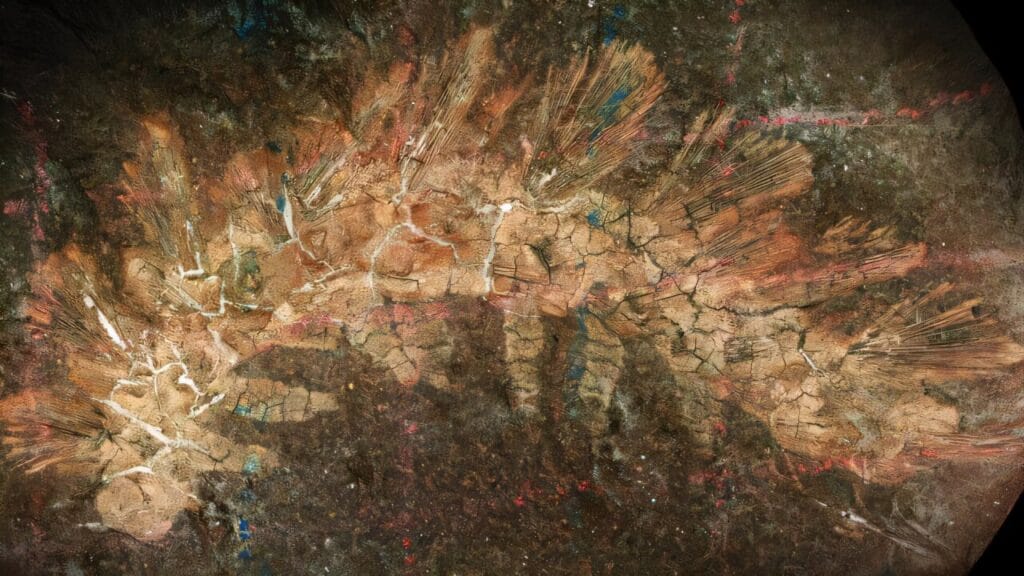
It took a new generation of technology—and the curiosity of a sharp-eyed researcher—to see what had been missed. Richard Knecht, then a Harvard Ph.D. student and now a postdoctoral fellow at the University of Michigan, rediscovered Palaeocampa while examining old fossil millipedes in the MCZ’s archives. He noticed something strange: legs on every trunk segment, but not quite like those of a millipede. These were stubby, unjointed, fleshy limbs—not the articulated, armored limbs of true arthropods.
That detail changed everything.
Lobopodians: The Phantom Bridge Between Worms and Insects
To understand why Palaeocampa anthrax matters so profoundly, we must journey deep into the primordial past, to a time when animal life was just beginning to explode in diversity and form.
Lobopodians were among the earliest complex animals to slither and scurry across the ancient Earth. With tubular bodies, soft legs, and peculiar, sometimes downright alien anatomies, these creatures were the evolutionary cousins of both modern arthropods—like insects, crustaceans, and spiders—and the squishier ancestors that came before. They are best known from Cambrian marine deposits like the Burgess Shale in Canada or the Chengjiang biota in China.
These deposits, often called “Lagerstätten,” are remarkable for preserving soft-bodied organisms—fragile animals that normally rot away long before fossilization can begin. From these windows into deep time, scientists uncovered bizarre forms like Hallucigenia with its spiky back and upside-down legs, and Aysheaia, a blob-like crawler thought to be a close relative of velvet worms.
But all these creatures shared something fundamental: they lived in the sea.
Until Palaeocampa, no lobopodian had ever been found outside a marine environment.
The Swamp Crawler From the Carboniferous
What makes Palaeocampa anthrax so astonishing isn’t just its anatomy or antiquity—it’s where it lived and when it thrived. This fuzzy crawler comes not from the Cambrian seas of half a billion years ago, but from the swamps and rivers of the Carboniferous period, roughly 300 million years ago. It predates the most iconic lobopodians by nearly 50 million years and lived on land—or at least in freshwater ecosystems close to shore.
To confirm its identity, Knecht and his colleagues, including physicist Nanfang Yu of Columbia University, studied 43 specimens from two famous fossil sites: Mazon Creek in Illinois, USA, and Montceau-les-Mines in France. These sites are known for preserving exquisitely detailed snapshots of ancient life, often revealing soft tissues, internal organs, and the most delicate of features.
Using tools like backscatter scanning electron microscopy and energy-dispersive X-ray spectroscopy, the team unlocked the fossil’s secrets. What they found stunned them.
The entire body of Palaeocampa was covered in nearly a thousand bristle-like spines—delicate structures now known to be more than just decoration. Fourier-transform infrared spectroscopy (FTIR), a technique used to detect chemical traces at microscopic levels, revealed hints of toxins at the tips of the spines. This suggests Palaeocampa may have used venom or irritating chemicals to ward off predators—a remarkable behavior for such an ancient organism.
A Caterpillar in Appearance, a Lobopodian in Soul
If one were to look at Palaeocampa with the naked eye, it might resemble a modern caterpillar—short, stubby, fuzzy. But this resemblance is superficial and coincidental. Unlike caterpillars, which are larvae of insects, Palaeocampa was a fully mature adult. It had ten pairs of lobopod-like legs, no eyes, no claws, and an armored hide of bristles rather than plates or exoskeleton.
Its closest known relative, Hadranax augustus, hails from the Cambrian deposits of Greenland and is nearly 200 million years older. Yet Hadranax was marine, soft-bodied, and unarmored, with long feelers used to navigate the dark ocean floors. Palaeocampa, by contrast, was armored and bristled—perhaps a necessity in the murky waters of Carboniferous swamps, where amphibians, giant insects, and carnivorous fish ruled the food chain.
That armor, those spines, and the hints of chemical defense suggest an organism uniquely adapted to life in a freshwater world—a world vastly different from the saltwater kingdoms of its Cambrian cousins.
The Fossil Sites That Told a New Story
One of the most dramatic implications of the Palaeocampa discovery lies in its impact on our understanding of the environments in which early animals evolved.
Montceau-les-Mines in France had long puzzled paleontologists. While the site preserved a stunning array of fossils—many soft-bodied—it had been interpreted as marine, largely because of the assumed identities of the creatures found there. The presence of Palaeocampa in abundance at this site changed everything.
“There was no ocean there,” Knecht explained. The region was hundreds of kilometers inland during the Carboniferous. It was a swampy, peaty, freshwater habitat—possibly with brief periods of seasonal dryness, like today’s floodplains.
With this revelation, Montceau-les-Mines is now recognized as a rare nonmarine Lagerstätte—a freshwater site capable of preserving soft-bodied animals. That’s exceptionally rare. The preservation of creatures like lobopodians requires a perfect storm of conditions: rapid burial, low oxygen, and a chemical environment that prevents decay. These factors are far more common in deep-sea settings than in freshwater environments.
That Palaeocampa was preserved at all is a minor miracle.
More Questions Than Answers
The implications of this discovery ripple outward in all directions.
If Palaeocampa lived in freshwater and dates to the Carboniferous period, what does that mean for the evolutionary history of lobopodians? Could there have been an entire lineage of terrestrial or amphibious lobopodians that science has yet to discover? Might some of these ancient travelers have taken the first steps toward land-based life—long before insects, before arachnids, before even the first walking fish?
It’s a tantalizing possibility. But the fossil record is notoriously biased. Soft-bodied creatures don’t fossilize easily, and many likely disappeared without leaving a trace. That means Palaeocampa could be just the tip of the evolutionary iceberg—proof that others existed, even if we’ve yet to find them.
It also raises a more philosophical point about the nature of discovery. How many scientific breakthroughs lie misidentified in drawers, just waiting for someone to look again?
The Forgotten Fossil Beside a Legend
In a twist of poetic irony, Palaeocampa anthrax had spent decades stored in a drawer mere feet away from the office of Stephen Jay Gould, the famed paleontologist and writer who helped bring the Cambrian Explosion into public consciousness. Gould, the MCZ curator and author of Wonderful Life, had spent much of his career celebrating the strangeness of early life—and yet this new character in the evolutionary drama sat literally under his nose.
“It was literally hiding in plain sight,” Knecht remarked.
The story of Palaeocampa is not just about a strange little creature from a swampy past—it’s about how science works, how discovery often comes not from the newest find, but from re-seeing what was always there. It’s about persistence, wonder, and the willingness to question what we think we know.
A Window Into Deep Time
More than just a footnote in the annals of paleontology, Palaeocampa anthrax offers a profound reminder of how complex, diverse, and surprising early life on Earth really was. It forces us to rethink timelines, habitats, and evolutionary pathways. It challenges assumptions about where certain life forms evolved and how they adapted.
And in a broader sense, it reminds us that the past is not fixed—it shifts and changes, reshaped by every new lens, every fresh question, every young scientist who dares to look again.
Reference: Palaeocampa anthrax, an armored freshwater lobopodian with chemical defenses from the Carboniferous. Communications Biology (2025). DOI: 10.1038/s42003-025-08483-0
